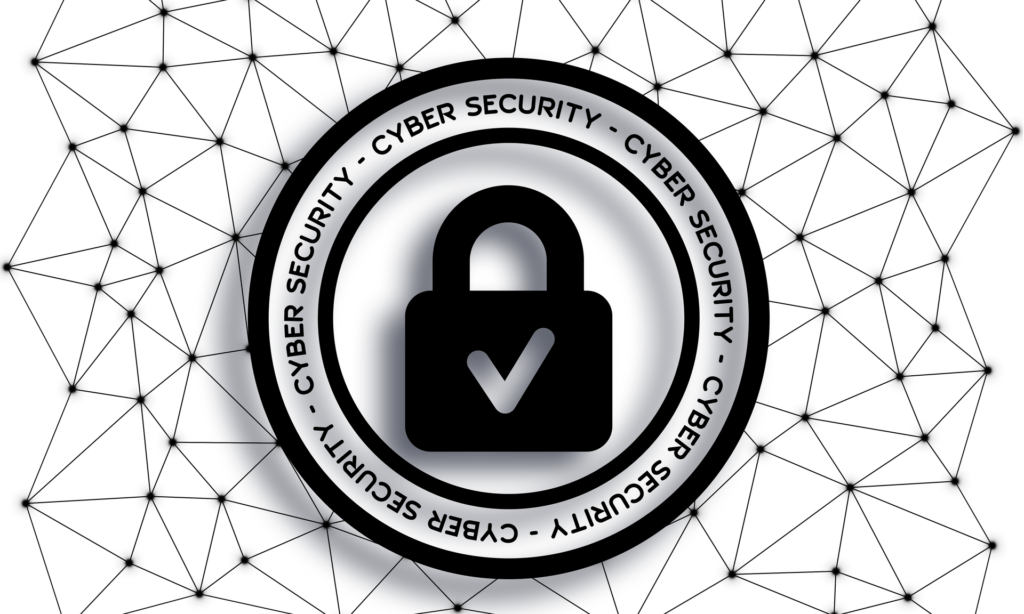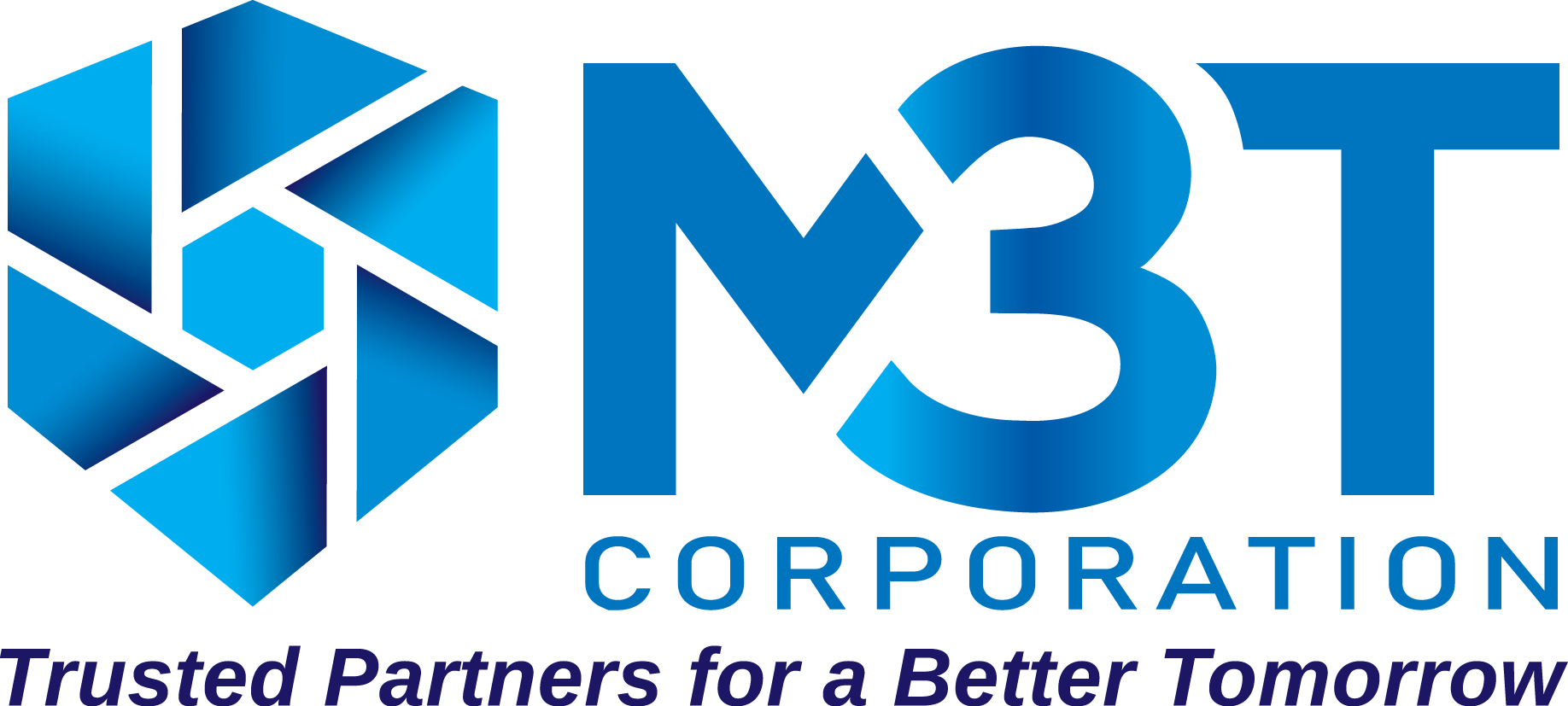Cybersecurity: What Is It? How Can I Protect Myself From Hackers?
Cybersecurity refers to protecting hardware, software, and data from attackers.
It protects against cyberattacks like accessing, changing or destroying sensitive information. People, processes, and technology must all work together to create an effective defense from cyber-attacks.
Creating an Effective Defense:
You need to have a basic understanding of cybersecurity, like choosing strong passwords, being wary of emails with attachments from unknown senders, and making sure to back up your data.
Your company needs to have a framework for dealing with cyber-attacks regardless of if they were successful or not. The processes should help to identify attacks, protect systems, detect and respond to threats, and what you should do to recover from successful attacks.
Technology is giving you the tools needed to protect yourself from cyber-attacks, common software to protect yourself and your company are firewalls, antivirus software, and malware protection to name a few.

Types of Cyber Threats:
- Phishing: The act of hackers sending an email that seems legitimate in hopes to gain access to your system
- Ransomware: A type of software that blocks users access to their files on their computer until a ransom is paid and even then that does not guarantee that the files will be recovered
- Malware: A type of software designed to gain unauthorized access or to cause damage to a computer.
- Social Engineering: A tactic that tricks users into revealing sensitive information. Social engineering can be combined with any threats to make you more likely to click on a link or download software on your computer.
Best Practices for Cybersecurity:
- Keep Software up to date.
- Use strong passwords with at least 8 characters with at least 3 of the 4-character types (uppercase letters, lowercase letters, numbers, and special characters)
- Be careful about what you click on. Avoid visiting unknown sites or downloading software from untrusted sources.
- Never leave devices unattended
- Install antivirus/anti-malware protection only install these programs from a known and trusted source.
- Back up your data regularly
- Use multifactor authentication: a security feature that adds a secondary barrier to accessing accounts.
- Avoid a messy desk (as simple as this sounds). A messy desk can be a source of many tiny crucial bits of information as well as it can be difficult to notice a missing file or paper on a messy desk
Given so many roles in a company, it is vital to ensure that all employees are aware of the risks and impacts cyberthreats can be on a business.
No one is immune to cyber threats and it is important to work together as a company to fight common threats.
A few simple practices can go a long way in protecting the employee and the business as a whole.

Josh Novosel
Technical Support Specialist
If you’d like to know more about Cybersecurity and ways you can protect yourself from cyber threats, please contact us at connect@m3tcorporation.com
